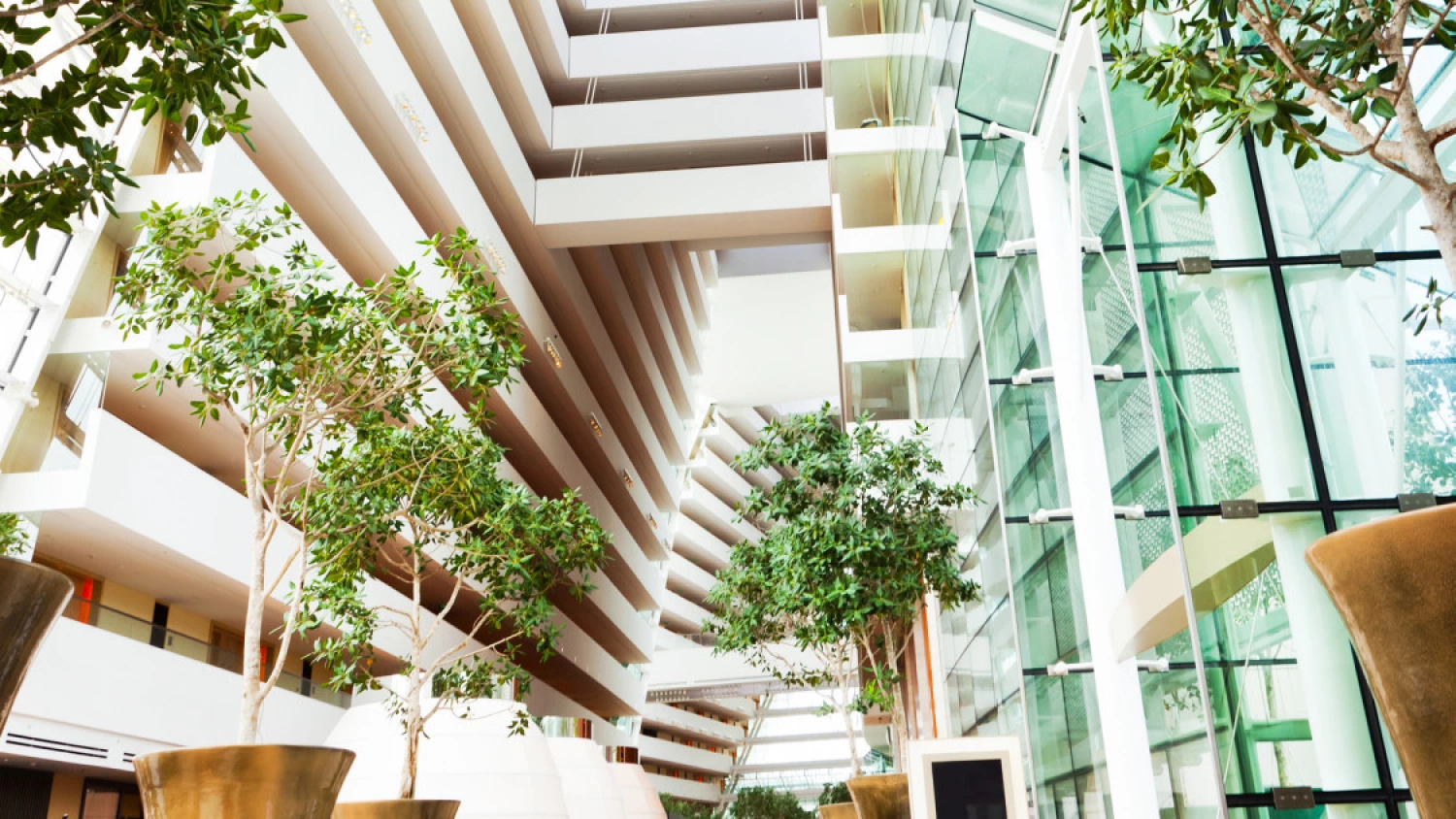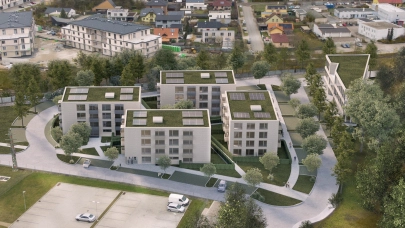
Whilst significant ink has flowed in relation to the ‘E’ pillar from the vast ESG spectrum, the ‘S’ pillar is beginning to catch up in prominence particularly in the office sector across the UK and Continental Europe. Post-Covid behaviours have had a massive impact on the office offering and workforce demands - the office is by no means dead, but its role has certainly had a significant rethink, writes Mirela Calota, Director, Deal Advisory - Real Estate and Infrastructure at KPMG, in an article prepared for Property Forum.
The KPMG 2023 CEO outlook report suggests that 64% of CEOs of the world's largest companies believe their employees will return to the office on a full-time basis within the next three years. Currently hybrid work and flexibility continue to prevail (particularly in the UK relative to the continent), with a recent survey commissioned by Centreforcities showing that, on average, central London workers come into the office 2.3 days per week.
Employers need to consider what their offices offer to employees, with the social interaction piece being key in attracting people back into the office; experiencing emotions and face-to-face reactions are not possible to fully grasp via Teams/Zoom calls. A study conducted by Harvard Business Review concluded that social time with co-workers will be one of the main motivations for people coming back into the office. This is particularly relevant for the younger generation who are in the early stages of their careers.
Therefore, creating social spaces within the office landscape is important going forward. Employees are no longer satisfied by the grey, straight desk open space areas - a new reality has dawned, whereby people prefer offices that have spaces where they can interact freely, such as terrace gardens with city views, recreational areas with games, attractive amenities, environment friendly buildings and, all in all, a place where one could do all of their daily admins (e.g. shopping, childcare etc).
How does this all link to landlords’ and developers’ ESG agendas?
The traditional aspects covered under the ‘S’ pillar of ESG would include organisation’s employee practices including health & safety and employee engagement, Diversity Equity & Inclusion (DE&I), Human rights and Community relations, Customer Privacy, Data Security etc.
However, narrowing down to commercial office buildings and how developers would need to adapt, the one thing that stands out from all return to office discussions is the need to create employee friendly social spaces within offices, which directly links to traditional aspects of employee health & safety/wellbeing and employee engagement. Whilst every employer and office occupier’s definition of ESG may differ, health and wellbeing, sustainability and amenity are essential factors for attracting and retaining talent.
In summary, a few key aspects that developers should keep in mind for office spaces include:
- The demand for more employee friendly office spaces drives the specification of new office buildings and refurbishment of older buildings. A view on what employee friendly spaces mean can be subjective, ranging from cycle facilities to proximity to gyms, the safety of the walk to work and attractive amenities such as childcare, retail and leisure offerings. Office spaces also need to accommodate for different employee requirements to work productively e.g. quieter spaces for those who struggle with background noise, open meeting areas, confidential meeting rooms, etc.
- In the aftermath of Covid, people are yearning for considerably quality work life. This might translate into showing more transparency around air quality and density of offices reporting for example; people are now more aware of how viruses spread and the necessity for high air quality, which might drive the need for larger office spaces.
- Apart from employee health and wellbeing, social value is an important part of the S pillar of ESG which entails demonstrating local community relations and implementing local initiatives, including inter-alia the participation in public spaces rehabilitation and green spaces.
ESG friendly or sustainable office buildings typically revolve around having high BREEAM or NABERS ratings, reduced carbon emissions, use of clean energy sources and sustainable waste and wastewater practices. However, the S factor cannot be ignored - the desire for more employee friendly office spaces that consider health and overall wellbeing will certainly drive specifications in new office developments and refurbishments of existing spaces.



